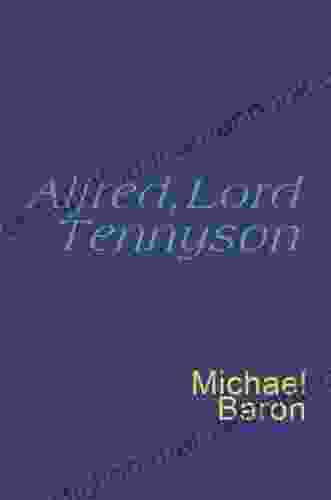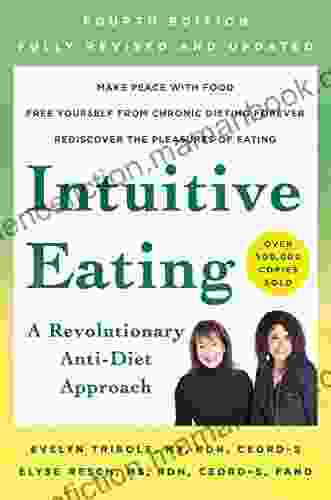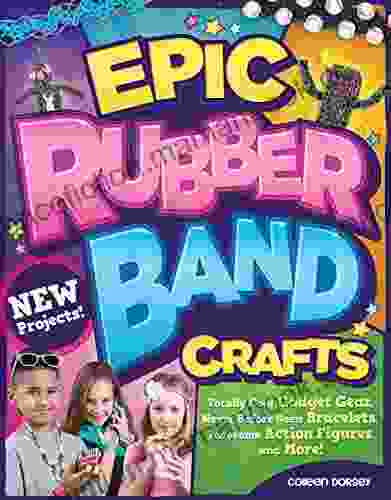The Simple Codes Behind the Craft of Everyday Cooking

Cooking is an art, but it is also a science. There are certain principles that govern the way food reacts to heat and moisture, and if you understand these principles, you can become a more confident and creative cook.
4.7 out of 5
| Language | : | English |
| File size | : | 1030 KB |
| Text-to-Speech | : | Enabled |
| Screen Reader | : | Supported |
| Enhanced typesetting | : | Enabled |
| X-Ray | : | Enabled |
| Word Wise | : | Enabled |
| Print length | : | 272 pages |
In this article, we will explore the simple codes behind the craft of everyday cooking. We will discuss the four main methods of cooking: dry heat, moist heat, combination cooking, and microwave cooking. We will also cover some basic techniques, such as sautéing, roasting, grilling, and baking. By understanding the principles of cooking, you can unlock a world of culinary possibilities and create delicious meals that will impress your family and friends.
The Four Main Methods of Cooking
There are four main methods of cooking: dry heat, moist heat, combination cooking, and microwave cooking. Each method has its own advantages and disadvantages, and the best method for a particular dish will depend on the ingredients and the desired results.
- Dry heat cooking uses heat to cook food without adding any moisture. This method is best for foods that are naturally moist, such as meat, poultry, and fish. Dry heat cooking can be done in a variety of ways, including grilling, roasting, baking, and sautéing.
- Moist heat cooking uses heat and moisture to cook food. This method is best for foods that are dry or tough, such as vegetables, beans, and grains. Moist heat cooking can be done in a variety of ways, including boiling, simmering, stewing, and steaming.
- Combination cooking uses both dry heat and moist heat to cook food. This method is often used for foods that are both moist and dry, such as casseroles and pot pies. Combination cooking can be done in a variety of ways, including braising, poaching, and frying.
- Microwave cooking uses electromagnetic radiation to heat food. This method is quick and convenient, but it can also be difficult to control. Microwave cooking is best for foods that are small and thin, such as vegetables, rice, and pasta.
Basic Cooking Techniques
In addition to the four main methods of cooking, there are also a number of basic cooking techniques that you should be familiar with. These techniques include sautéing, roasting, grilling, and baking.
- Sautéing is a method of cooking food in a pan with a small amount of fat. This method is best for foods that are tender and cook quickly, such as vegetables, seafood, and poultry.
- Roasting is a method of cooking food in an oven. This method is best for foods that are large and tough, such as meat, poultry, and vegetables.
- Grilling is a method of cooking food over an open flame. This method is best for foods that are thin and cook quickly, such as vegetables, seafood, and poultry.
- Baking is a method of cooking food in an oven. This method is best for foods that are dry and cook slowly, such as bread, cakes, and cookies.
Understanding the Principles of Cooking
By understanding the principles of cooking, you can become a more confident and creative cook. These principles include the following:
- Heat transfer is the process by which heat moves from one object to another. Heat can be transferred by conduction, convection, or radiation.
- Temperature is a measure of the heat energy in an object. The higher the temperature, the more heat energy an object has.
- Time is a factor in cooking. The longer food is cooked, the more it will change. Cooking time will vary depending on the food, the cooking method, and the desired results.
- Moisture is another important factor in cooking. The amount of moisture in food will affect the cooking time and the texture of the food.
Cooking is a skill that anyone can learn. By understanding the simple codes behind the craft of everyday cooking, you can unlock a world of culinary possibilities and create delicious meals that will impress your family and friends.
So what are you waiting for? Get started cooking today!
4.7 out of 5
| Language | : | English |
| File size | : | 1030 KB |
| Text-to-Speech | : | Enabled |
| Screen Reader | : | Supported |
| Enhanced typesetting | : | Enabled |
| X-Ray | : | Enabled |
| Word Wise | : | Enabled |
| Print length | : | 272 pages |
Do you want to contribute by writing guest posts on this blog?
Please contact us and send us a resume of previous articles that you have written.
 Top Book
Top Book Novel
Novel Fiction
Fiction Nonfiction
Nonfiction Literature
Literature Paperback
Paperback Hardcover
Hardcover E-book
E-book Audiobook
Audiobook Bestseller
Bestseller Classic
Classic Mystery
Mystery Thriller
Thriller Romance
Romance Fantasy
Fantasy Science Fiction
Science Fiction Biography
Biography Memoir
Memoir Autobiography
Autobiography Poetry
Poetry Drama
Drama Historical Fiction
Historical Fiction Self-help
Self-help Young Adult
Young Adult Childrens Books
Childrens Books Graphic Novel
Graphic Novel Anthology
Anthology Series
Series Encyclopedia
Encyclopedia Reference
Reference Guidebook
Guidebook Textbook
Textbook Workbook
Workbook Journal
Journal Diary
Diary Manuscript
Manuscript Folio
Folio Pulp Fiction
Pulp Fiction Short Stories
Short Stories Fairy Tales
Fairy Tales Fables
Fables Mythology
Mythology Philosophy
Philosophy Religion
Religion Spirituality
Spirituality Essays
Essays Critique
Critique Commentary
Commentary Glossary
Glossary Bibliography
Bibliography Index
Index Table of Contents
Table of Contents Preface
Preface Introduction
Introduction Foreword
Foreword Afterword
Afterword Appendices
Appendices Annotations
Annotations Footnotes
Footnotes Epilogue
Epilogue Prologue
Prologue Alexander Kent
Alexander Kent Evelyn Tribole
Evelyn Tribole Trevor Pacelli
Trevor Pacelli Sam Sagmiller
Sam Sagmiller Beata Borucka
Beata Borucka Rebecca Eisenberg
Rebecca Eisenberg Jacqueline P Vincent
Jacqueline P Vincent Stuart E Lucas
Stuart E Lucas Kindle Edition
Kindle Edition Tama Janowitz
Tama Janowitz Ian Lord
Ian Lord Shell Teri
Shell Teri Linlin Wills
Linlin Wills Stan Craig
Stan Craig Judd Winick
Judd Winick Travis Plunk
Travis Plunk J H Leigh
J H Leigh L V Lane
L V Lane Lone Bendixen Goulani
Lone Bendixen Goulani Oksana Zinchenko
Oksana Zinchenko
Light bulbAdvertise smarter! Our strategic ad space ensures maximum exposure. Reserve your spot today!
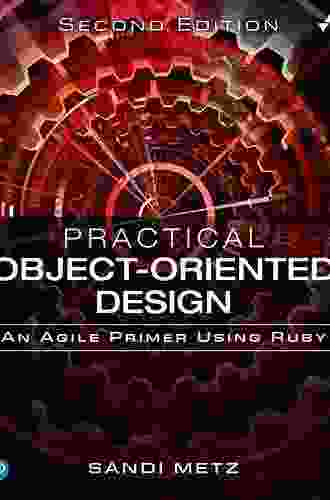
 Shaun NelsonUnlocking the Secrets of Practical Object-Oriented Design: A Comprehensive...
Shaun NelsonUnlocking the Secrets of Practical Object-Oriented Design: A Comprehensive...
 Bobby HowardSaku Maru Maru Birthday: Get to Know Rashelle Workman, the Dynamic Actress...
Bobby HowardSaku Maru Maru Birthday: Get to Know Rashelle Workman, the Dynamic Actress... Damon HayesFollow ·13k
Damon HayesFollow ·13k John GrishamFollow ·7.3k
John GrishamFollow ·7.3k Virginia WoolfFollow ·8.2k
Virginia WoolfFollow ·8.2k Winston HayesFollow ·14.3k
Winston HayesFollow ·14.3k Manuel ButlerFollow ·12.7k
Manuel ButlerFollow ·12.7k Edgar CoxFollow ·12k
Edgar CoxFollow ·12k Chuck MitchellFollow ·10.8k
Chuck MitchellFollow ·10.8k Carson BlairFollow ·8.1k
Carson BlairFollow ·8.1k
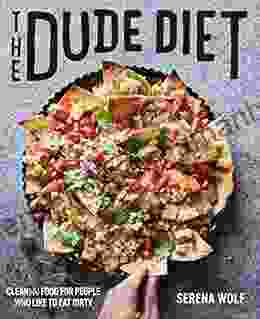
 Ashton Reed
Ashton ReedClean(ish) Food for People Who Like to Eat Dirty
By: [Your Name] Are...
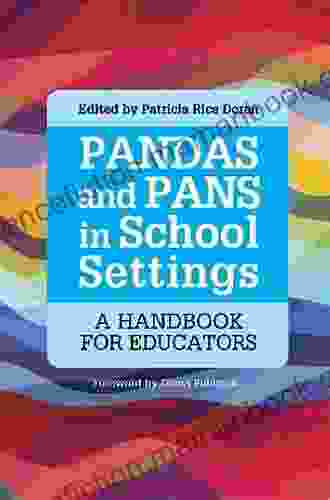
 Ronald Simmons
Ronald SimmonsThe Handbook for Educators: A Comprehensive Guide to...
The Handbook for...

 Derrick Hughes
Derrick HughesAny Place Hang My Hat: A Hauntingly Beautiful Novel by...
A Masterpiece of...

 Adrien Blair
Adrien BlairFly Me to the Moon Vol. 5: A Lunar Odyssey through...
In the vast...

 William Powell
William PowellTips By Gardeners On Variety Of Subjects
Gardening...
4.7 out of 5
| Language | : | English |
| File size | : | 1030 KB |
| Text-to-Speech | : | Enabled |
| Screen Reader | : | Supported |
| Enhanced typesetting | : | Enabled |
| X-Ray | : | Enabled |
| Word Wise | : | Enabled |
| Print length | : | 272 pages |



